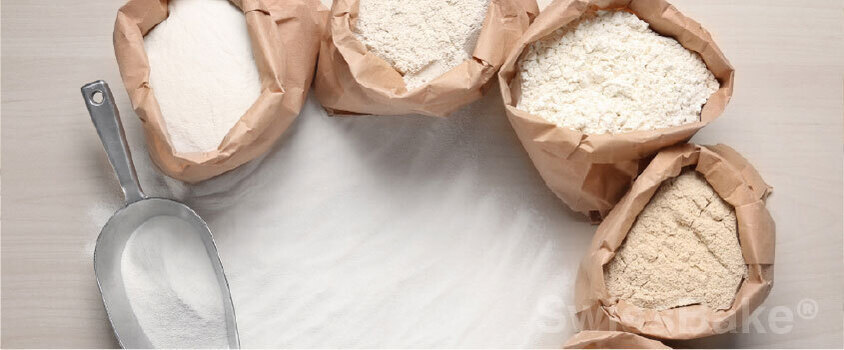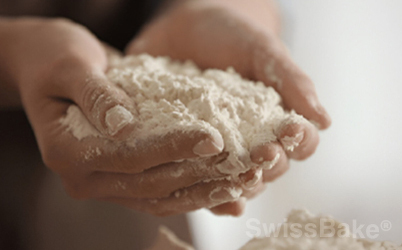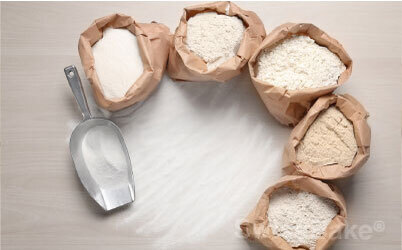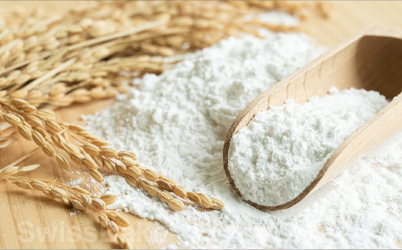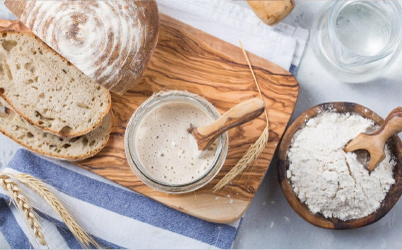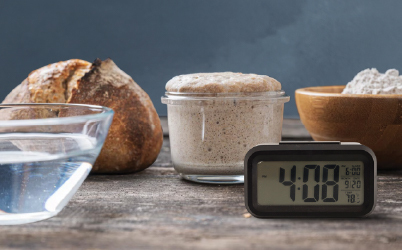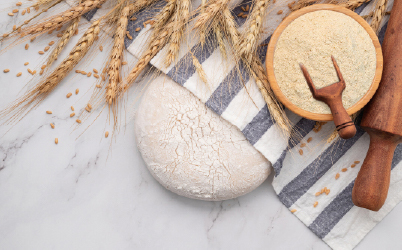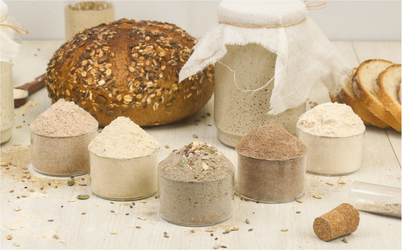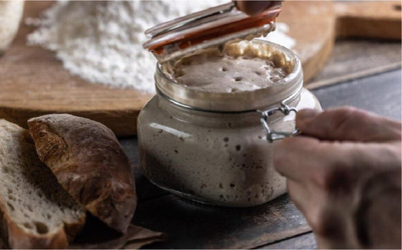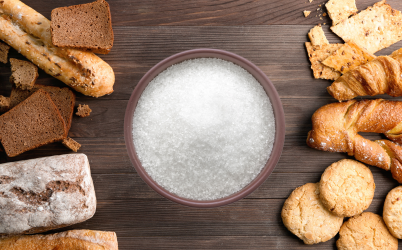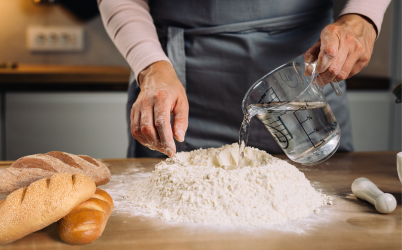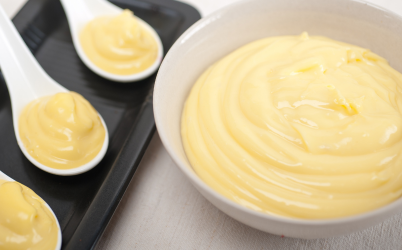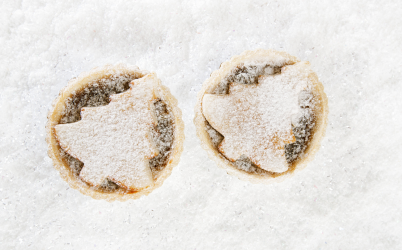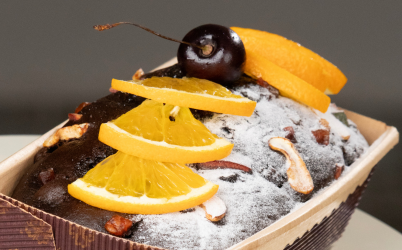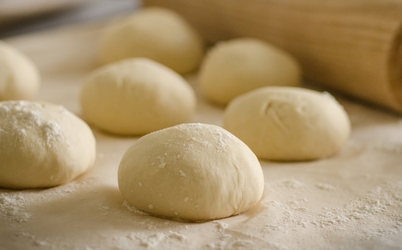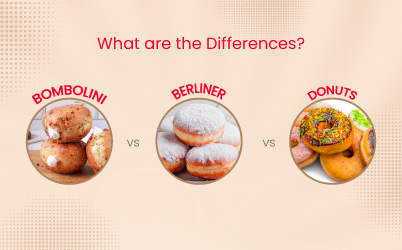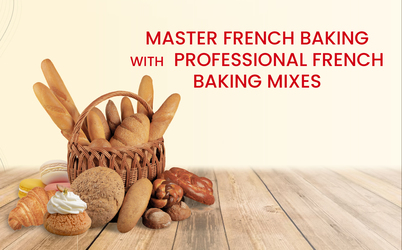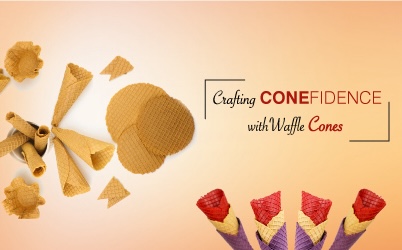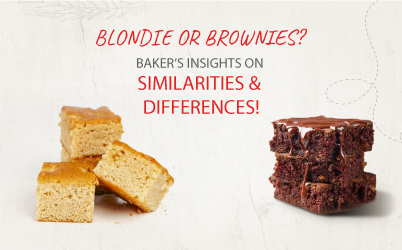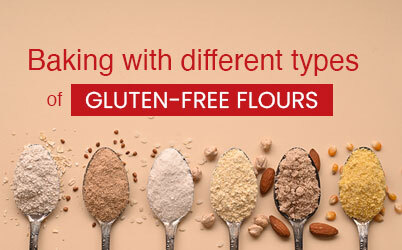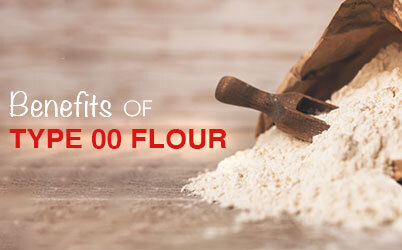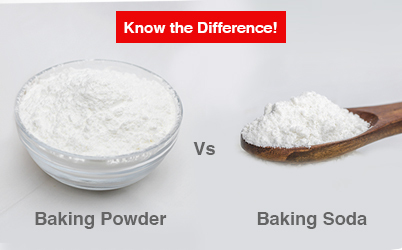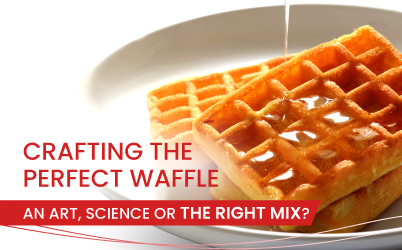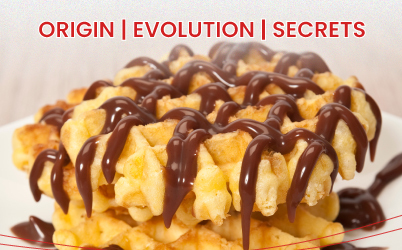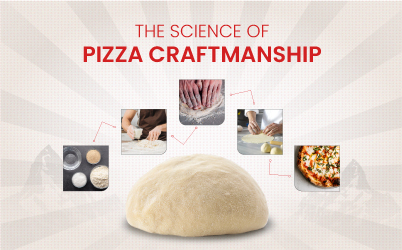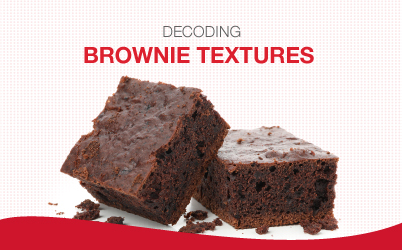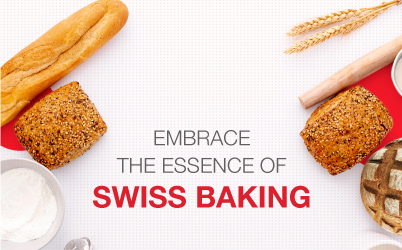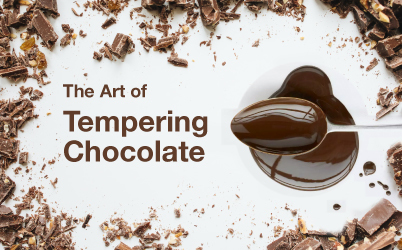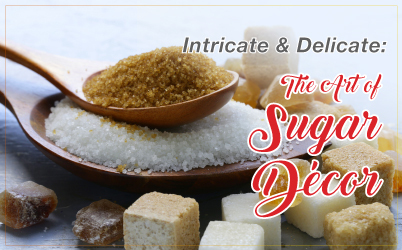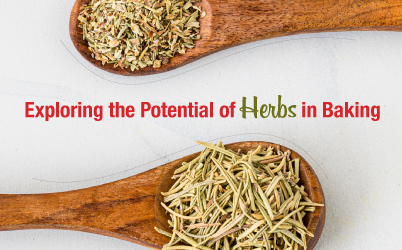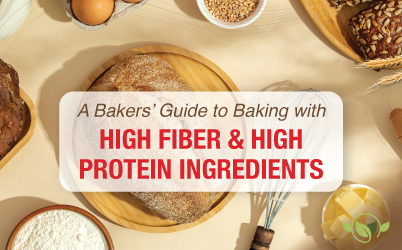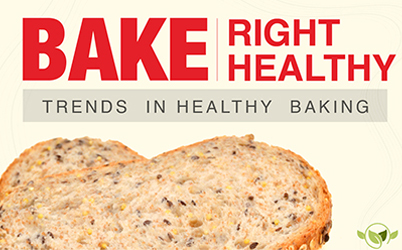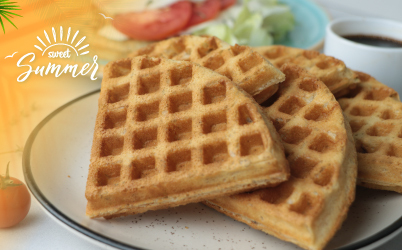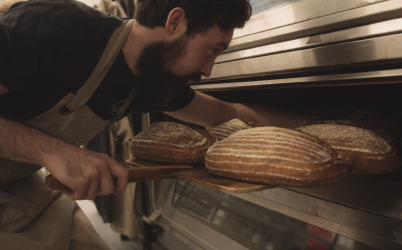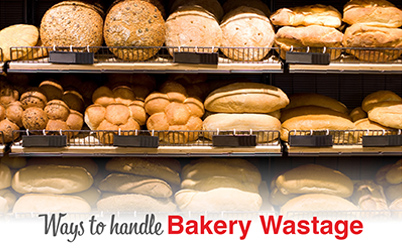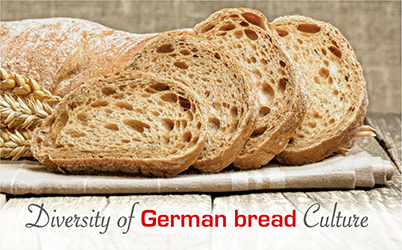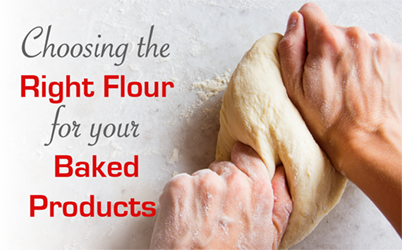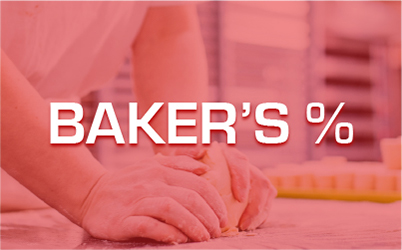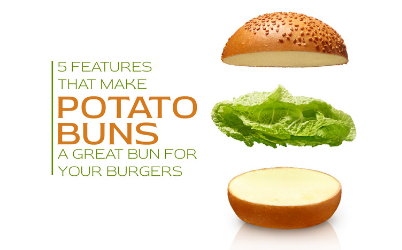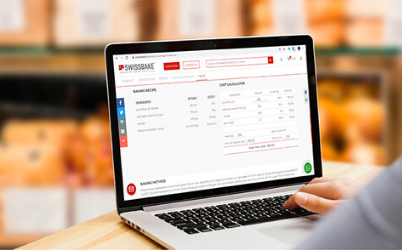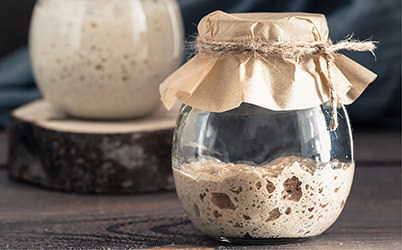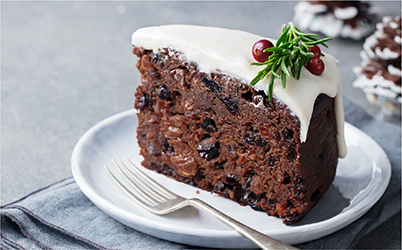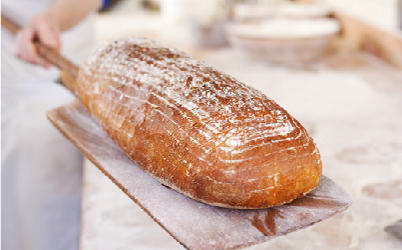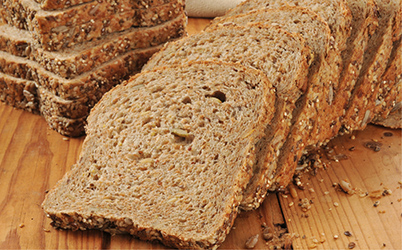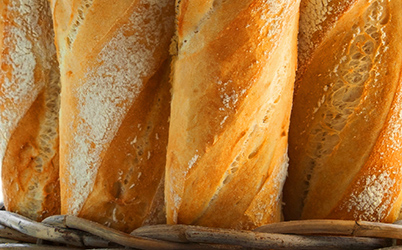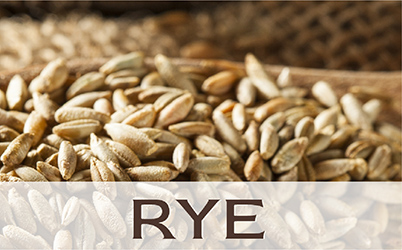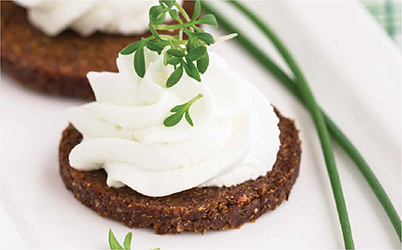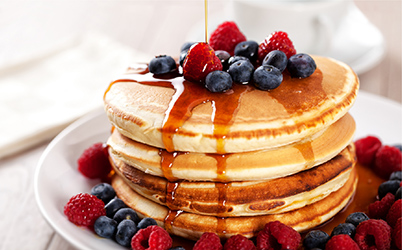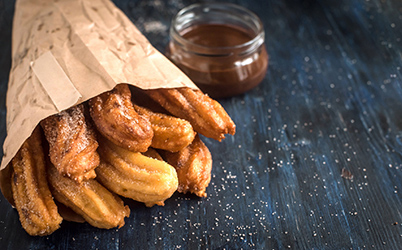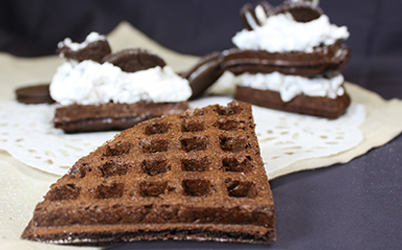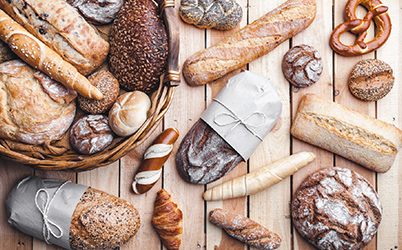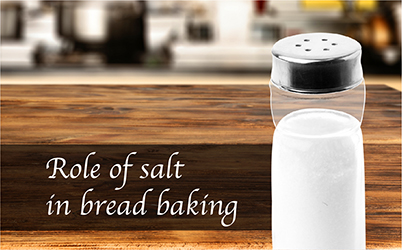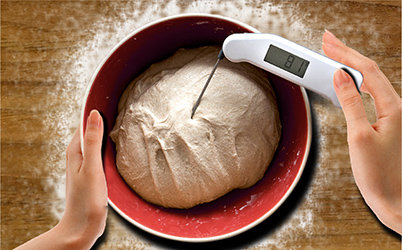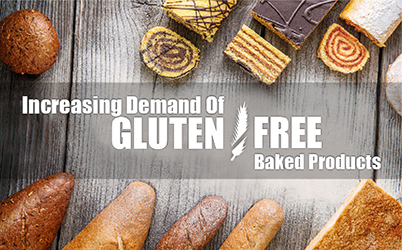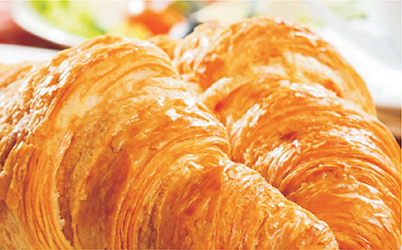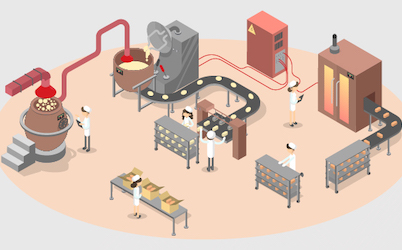Why Protein % Matters In Different Types Of Flour?
Flour is the foundation of countless baked goods, from artisanal breads and delicate pastries to crispy pizza crusts. One of the most critical aspects that determines how flour performs in baking is its protein percentage. Understanding how flour protein content affects dough structure, texture, and rise is essential for achieving perfect baked creations.
What Is Flour Protein Percentage?
The protein percentage in flour refers to the amount of protein content per 100 grams of flour. This protein, primarily gluten-forming proteins (gliadin and glutenin), directly influences the dough's elasticity, structure, and ability to trap gas during fermentation. Higher protein content means more gluten potential, leading to stronger doughs, while lower protein flours create tender, delicate textures.
How SwissBake® Flour Protein Content Affects Different Recipes?
Our SwissBake® Flour Range
|
Flour Type
|
Protein Content
|
Best Used For
|
|
T00 Flour
|
13% to14%
|
Pizza doughs, ensuring elasticity and crispy crust
|
|
T45 Flour
|
8.5% to 9.5%
|
Pastries, tarts, and cakes for a soft texture
|
|
T55 Flour
|
12% to 13%
|
Baguettes, croissants, and laminated doughs
|
|
T65 Flour
|
12.5% to 13.5%
|
Artisan breads with excellent gluten structure
|
|
T80 Flour
|
11.5% to 12.5%
|
Rustic and whole grain-style breads
|
|
T150 Flour
|
11% to 12%
|
Wholemeal breads with fiber-rich content
|
|
T1080 Rye Flour
|
8% to 9%
|
Rye breads with a dense, hearty texture
|
Pizza Doughs – Type 00 Flour
For pizza, medium-protein flours like SwissBake® Pizza Flour (13%-14%) are ideal. The protein level provides enough gluten development for a soft, elastic dough, ensuring the characteristic airy crust and chewiness of Neapolitan pizzas.Pastries and Cakes – T45 Flour
Tender pastries, tarts, and cakes require low-protein flours, such as SwissBake® T45 Flour (8.5%-9.5%), to prevent excessive gluten development. This ensures the baked goods remain light and crumbly.All Purpose Flour for Versatile Baking – T55 Flour
T55 Flour (12%-13%) is an all-purpose flour that balances strength and tenderness, making it an excellent choice for a variety of baking applications. It provides enough gluten development for structured breads while remaining soft enough for pastries, boulangeries and viennoiseries. Whether you're crafting baguettes, croissants, or laminated doughs, T55 Flour ensures consistent texture and exceptional results, making it a staple in every bakers’ pantry.Gourmet & Artisan Breads – T65 Flour
Rustic and chewy artisan breads benefit from high-protein flours like SwissBake® T65 Flour (12.5%-13.5%) and SwissBake® T80 Flour (11.5%-12.5%). These flours can withstand long fermentation processes, resulting in complex flavours and open crumb structures.Wholemeal and Rye Breads – T80 Flour, T150 Flour and T1080 Flour
Wholemeal bread requires SwissBake® T150 (Wholemeal) Flour (11%-12%), which retains bran and germ for added fiber and a robust texture. For rye breads, SwissBake® T1080 (Rye) Flour (8%-9%) is essential, as rye contains less gluten-forming proteins but contributes to the dense, earthy texture of classic rye loaves.
The Role of Protein in Baking
|
Factor
|
Effect on Baking
|
|
Dough Structure
|
Higher protein strengthens gluten, aiding elasticity
|
|
Texture
|
High-protein = chewy & dense, Low-protein = soft & tender
|
|
Water Absorption
|
Higher protein flours absorb more water for hydration
|
|
Baking Results
|
Matching protein content ensures optimal rise and texture
|
1. Dough Structure and Elasticity
The higher the protein content, the more gluten develops during mixing and kneading. This gluten provides elasticity, helping dough trap gases released during fermentation, which leads to well-risen baked goods. Low-protein flours, on the other hand, produce softer doughs with less elasticity, ideal for delicate items.2. Texture of Baked Goods
Protein content influences crumb texture. High-protein flours create a chewy, dense structure suitable for artisan breads, while low-protein flours yield light, tender textures for cakes and cookies.3. Water Absorption
Higher protein flours can absorb more water, which is crucial for creating hydrated doughs in bread-making. This makes them more suited for recipes requiring extended fermentation times, such as sourdough or baguettes.4. Baking Performance
Flours with the right protein content ensure consistent results. Using the wrong protein level for a specific recipe can lead to issues like poor rise, crumbly texture, or overly dense baked goods.
Tips for Using Flour Based on Protein Content
1. Understand the Recipe Requirements
Start by identifying the type of baked good you’re making and select a flour with the corresponding protein percentage.2. Adjust Hydration Levels
Higher protein flours require more water to develop gluten properly. Adjust your recipe’s water content accordingly.3. Combine Flours for Custom Blends
Professional bakers often mix flours with different protein levels to achieve specific results, such as a lighter crumb or a stronger structure.4. Experiment with Fermentation
Flours with higher protein content can handle longer fermentation times, allowing you to create breads with deeper flavours and open crumb structures.5. Store Flours Correctly
To preserve the quality and protein integrity of your flours, store them in airtight containers away from moisture and heat.
How to Choose the Right Flour Types for Your Recipe?
When selecting flour for your next bake, consider the following:- Read Labels: Always check the flour packaging for its protein percentage.
- Recipe Requirements: Follow specific flour recommendations for best results.
- Baking Goals: Aim for flour that matches your desired texture—soft for pastries or strong for bread.
Summary
SwissBake® offers professional-grade flours meticulously crafted for superior baking results. Whether you need high-protein flour for structured gourmet breads, the best-selling SwissBake pizza flour, low-protein flour for delicate pastries, or a versatile all-purpose flour like T55, our range provides the perfect solution for every baking application. Designed for consistency, reliability, and exceptional performance, SwissBake® flours help professionals achieve outstanding results in every bake.

